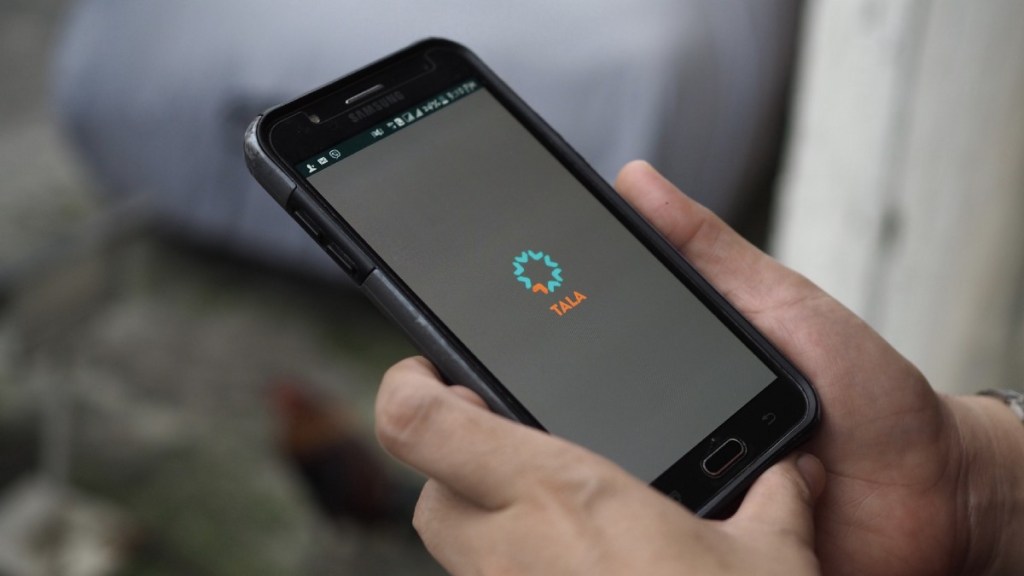This post was originally published on LinkedIn Pulse by Tala CEO Shivani Siroya as part of the #StateStreetLive series on disruption. Find the original post here.
Tala is often referred to as a “disruptor,” but I’ll admit I have mixed feelings on the word. While industry disruption — or in our words “system” disruption — is our goal, in the short-term our mission obliges us to also deliver something wholly new, for people who have not been included in our industry or system before.
Tala is a data science startup that’s committed to expanding financial access, choice and control for the 3 billion people who are financially underserved around the world. We do this by leveraging mobile technology and machine learning to understand and reach populations that would be impossible to reach through traditional means. Our first product is a consumer lending app that underwrites customers in real time using thousands of alternative data signals available on their device. We don’t require paperwork or collateral or even in-person interviews. Anyone with an Android smartphone in our markets can apply for a loan and receive an instant decision, anytime and anywhere, regardless of their financial history.
Approved borrowers receive credit in just a few minutes to their mobile wallet; or, if using a more traditional cash-out option, within a day. Our data helps us deliver a deeply personalized experience for the customer, affecting the design of everything from loan terms to repayment reminders. Perhaps because of this, many of our customers think of us as a friend or partner. They love the speed and convenience of the product, but even more than that, they love the security they feel with Tala, knowing that we’ll be there for them in times of need.
But loans are just the beginning of the story — for Tala and for our customers. What excites us most at Tala is that our lending product allows us to build a new kind of credit score, or financial identity, for our borrowers, most of whom have no formal credit history. This is where the real opportunity for our industry lies, and we’re just beginning to explore the potential.
For example, in Kenya and Tanzania, we voluntarily report positive repayment behavior to the Credit Reference Bureau. This means that individuals who were previously invisible to the formal financial system now have a record that proves their potential. We know anecdotally that these credit histories have enabled many of our customers to access commercial bank loans, at sizes larger that what we currently offer. Helping our customers access financial options and choices — even beyond our product — certainly aligns with our mission, and could contribute to building a more equitable financial system on the whole.
We also know, however, that formal systems are slow to change. So rather than waiting for the global finance sector to open up and become more inclusive, we’re exploring what additional services we might offer directly to our customers. Savings, insurance, bill payments — to name a few — can all radically improve a person’s financial independence. And we are uniquely positioned to build beautiful, intuitive, personalized products using the customer data we already have, over the nearly four years that we’ve been operating our lending app. When we talk about 3 billion financially underserved, we’re talking about so much more than just credit — the opportunities are endless.
All of this, of course, is possible because of technology. In emerging markets, smartphones have given rise to an unprecedented era of connection and inclusion. But technology by itself is not enough. What we need is continued innovation that puts people first and builds trust so that newly empowered customers can be the disruptors of the future.
